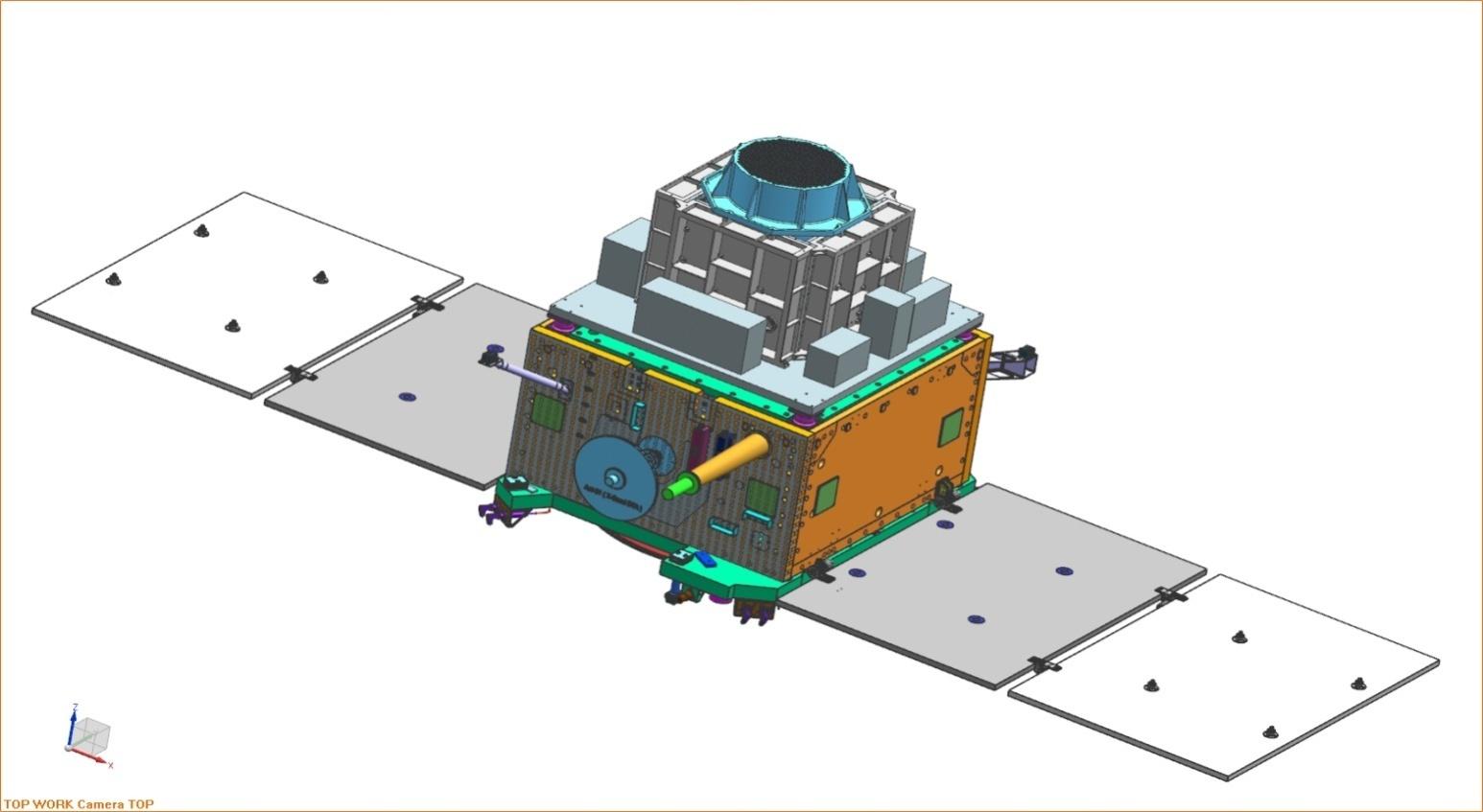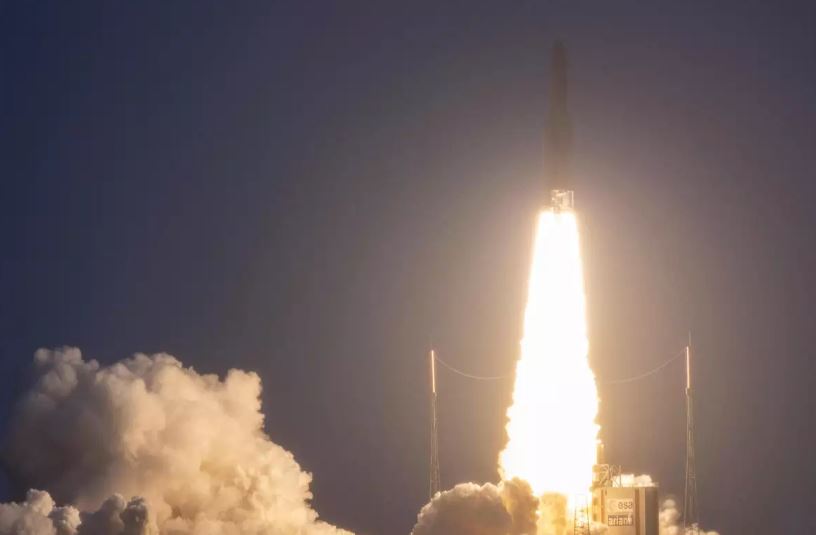INDIA’S 5 YEAR ELECTRICITY PLAN
Why in News?:
The latest draft of the National Electricity Plan (NEP), which covers the period 2022-27, marks a significant departure from its previous edition, which had focused primarily on renewable energy.
What is the National Electricity Plan?
About:
The NEP is a crucial document that guides the development of the power sector in India. It is formulated by the Central Electricity Authority (CEA) every five years under the Electricity Act, 2003.
The CEA formulates short-term (5-year) and prospective plans (15-year) to assess the demand for planning capacity addition and coordinate the activities of various planning agencies for the optimal utilization of resources.
The NEP provides a review of the last five years (2017-22), capacity addition requirements for 2022-27, and projections for the period 2027-2032.
New Draft:
It recognizes the need for additional coal-based capacity, ranging from 17 GW to nearly 28 GW, till 2031-32, over and above the 25 GW of coal-based capacity that is currently under construction.
The draft Plan also highlights the need for significant investments in battery storage, with an estimated requirement of between 51 GW to 84 GW by 2031-32.
It projects an increase in the Plant Load Factor (PLF) of coal-fired power plants from 55% up to 2026-27 to 62 % in 2031-32.
It also emphasizes the challenges posed by the increasing reliance on renewables, which will require careful management and planning in the years ahead.
What are the Related Challenges?
Reliance on Old Plants:
India's fleet of coal-fired thermal power plants is over 25 years old and runs on outdated technology, which raises concerns about grid stability and power interruptions.
Difficult to Manage the Renewables-Dominated Grid:
While there has been a pronounced reliance on renewable generation for meeting capacity additions, there is a lack of clarity on how the grid will be managed. The slow development of hydropower and zero-inertia solar generators has resulted in a decrease in inertia, which provides stability to the grid.
Inadequate Funding:
If battery storage is to be relied on to back up renewable generation, it requires significant investments.
The CEA report estimates that the total fund requirement for Battery Energy Storage Systems (BESS) between 2022-27 is approximately 14.30 lakh crore. However, the CEA has only allocated a budget of 8 lakh crore for BESS development for a 10-year period.
Lack of Evaluation:
There is no evaluation of the ramping rate for thermal plants under different solar generation scenarios.
The ramping rate is the rate at which a power plant can increase or decrease its output.






.jpg)
.jpg)
.jpg)





